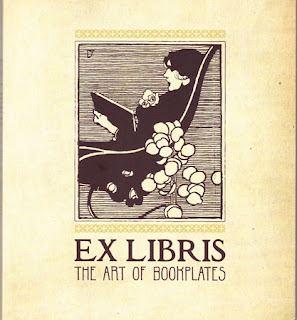Week 48: Austenland

Austenland , by Shannon Hale I'm always hesitant to pick up anything that looks like part of the Jane Austen industry, so it took me a while to get around to reading Austenland , even though I really like Shannon Hale. It turns out that this is a fun and worthwhile quick read. On the outside, Jane is a normal New Yorker, but in reality she can't seem to keep a boyfriend and instead, reads or watches Pride & Prejudice over and over. No one ever seems to live up to Mr. Darcy. When her wealthy great-aunt dies and leaves her a plane ticket to England and three weeks in a resort dedicated to re-creating the Regency lifestyle, she can't decide whether to use it to exorcise the ghost of Mr. Darcy forever or to try to find some romance. Once she arrives, Jane is disturbed by the blurring between fantasy and reality. Is anyone at Pembrook Park real? I took so long to read this that another Pembrook Park novel is due out in a few weeks. I did enjoy it, even though I'm ...





















